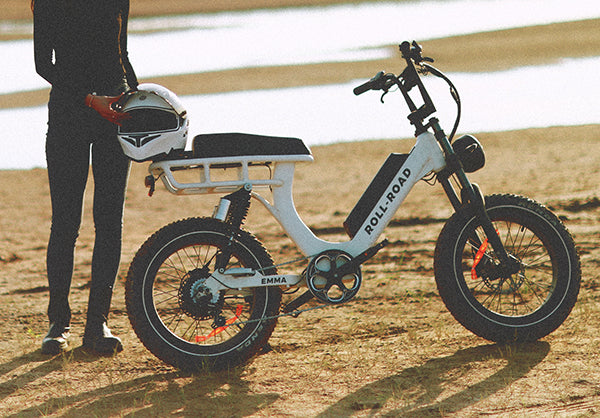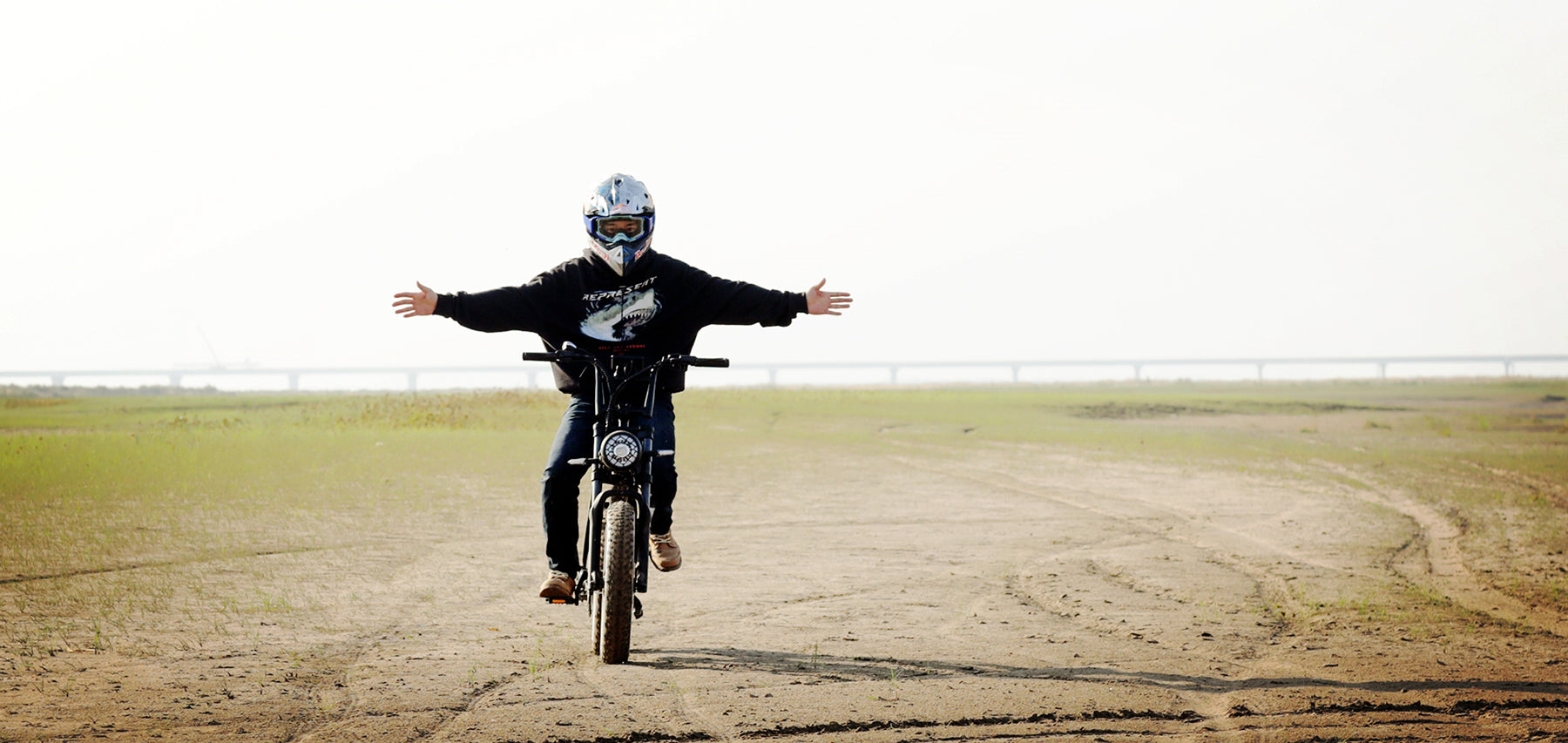Things To Note When Riding An Ebike In Winter
Putting the words winter, snow and rider together, what comes to mind is: Santa Claus, Kristoff from Frozen. Now, electric bicycles have profoundly changed people's lifestyles. This year, Santa Claus may ride an Ebike to deliver gifts and let his elk rest, although they only work one day a year.
Regardless, riding an e-bike in winter can be a challenge, with cold, snow, ice, wind, etc. But that doesn't mean it can't be done, and for riders who want or need to ride in the winter, we'll explore suggestions for riding an e-bike in the winter across different geographical locations in the U.S.
Northern States: Embracing the Winter Wonderland
If you find yourself in the northern states, where snowfall is a regular occurrence, consider these tips:
1. Snow Tires: Invest in studded or snow-specific tires for better traction on icy surfaces.
2. Layer Up: Dress in layers to stay warm, and don't forget waterproof outer layers to shield against snow and slush.
3. Battery Management: Cold temperatures can affect battery performance. Store your e-bike indoors when not in use, and keep the battery at room temperature. Consider carrying a spare battery for longer rides.
4. Fenders and Mudguards: Install fenders and mudguards to prevent slush and snow from splashing onto you and your e-bike. (Both our Ebike Emma and Shark are equipped with fenders.)
Midwestern Plains: Wind and Chill Factor
In the flat and often windy Midwest, wind chill can make winter riding challenging. Here's how to handle it:
1. Windproof Gear: Invest in windproof clothing to combat the chilling effects of winter winds.
2. Maintenance: Regularly clean and lubricate your e-bike chain to prevent it from freezing in extremely cold temperatures.
3. Route Planning: Plan routes that provide natural windbreaks, such as buildings or trees, to shield yourself from strong winds.
4. Mountainous Regions: Navigating Elevation Changes
In mountainous areas, dealing with varied terrain and elevation changes is crucial:
5. Traction Control: Opt for e-bikes with advanced traction control features, especially if you'll be riding on hilly or slippery surfaces.
6. Brake Adjustment: Adjust your brakes to handle descents on icy or snowy slopes safely.
7. Altitude and Battery Life: Be mindful that e-bike batteries can deplete faster at higher altitudes. Plan your routes accordingly and carry a spare battery if needed.
Southern States: Mild Winters and Rainy Days
While the southern states generally experience milder winters, rain can be a factor. Here's how to navigate wet conditions:
1. Waterproofing: Invest in waterproof gear, including jackets, pants, and shoe covers, to stay dry during rainy rides.
2. Tire Tread: Ensure your e-bike tires have sufficient tread for wet surfaces. Consider all-weather or hybrid tires for optimal grip.
3. Visibility: With shorter daylight hours, invest in quality lights and reflective gear to enhance visibility, especially during overcast or rainy days. (We added a lot of reflective measures when designing the Ebike: bright headlights, reflective tires, reflective pedals, and luminous taillights.)
In addition, fat tire electric bicycles can protect the rider to a great extent because the wider the tires, the smoother the ride.
Riding an e-bike in the winter across the United States requires adapting to regional variations in weather and terrain. By equipping yourself with the right gear, making adjustments to your e-bike, and planning your routes thoughtfully, you can continue to enjoy the benefits of eco-friendly commuting even when the temperatures drop. Embrace the season, stay safe, and pedal on through the winter wonderland!



Leave a comment